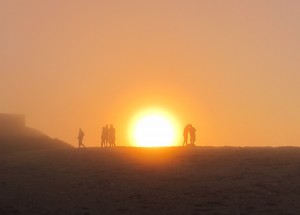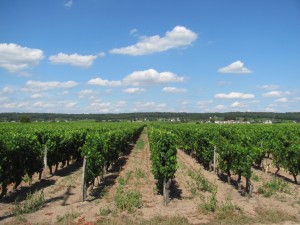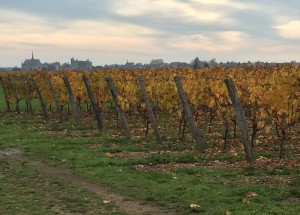 Seasons drive our behaviour whether we like it or not. We no longer live in caves, but in heated and insulated houses with curtains, double-glazing and electric light which weather-proof our lives But am I the only person who tends to ‘hibernate’ in winter and virtually live outside in summer?
Seasons drive our behaviour whether we like it or not. We no longer live in caves, but in heated and insulated houses with curtains, double-glazing and electric light which weather-proof our lives But am I the only person who tends to ‘hibernate’ in winter and virtually live outside in summer?
When we write, we must take the season into account. Of course, weather is a wonderful external element; it can belt down with rain in mid-summer and the sun can burst through on a freezing December day. Unexpected or sudden weather can be a gift for a writer as it disrupts the character’s actions wonderfully. More about using weather in your story
Seasons are different. The general rhythm of long summer days and short winter ones in the northern hemisphere where I live is well established, but there are variations between Sweden and Portugal, Ireland and Bulgaria. The nearer the equator, the more equal the days and night, whatever the season. Dusk falls faster the further south you go.
What does this mean for writers? Firstly, establish what season you are in because that will not only give you a clue about the weather but also tell you how light or dark the evenings are. At 6.15pm in October, it’s dusk in south central Europe. However, in June, sunset is around 9pm CET in the same place. So if you want a character in a thriller moving stealthily, check the time when they will be under cover of darkness. A great resource for this, and climate, is http://www.timeanddate.com
Maritime tides are not just affected by the moon, but by seasonal shifts in patterns, e.g. Trade Winds, El Nino, the hurricane season. And check river flows and depths throughout the year.
Green and verdant farmland will be untidy, brown and a tad boring in October/November, but deciduous woodland will be glorious in red and gold. In summer, especially if it’s hot, grass and open spaces can look like the legendary badlands or the Australian bush. Vines, which we all visualise as lush green rows hanging with grapes (aka proto-wine!), stretch for acres of yellow in autumn, then look like bunches of twigs in early January.
Public parks are generally designed with planting resistant to the seasons, but be aware that you will have better line of sight in winter and conversations might not be muffled so well by vegetation during assignations of a romantic or clandestine nature. And if your story takes place in an alpine country or mountains, check the dates of the climbing season and whether the snowline has retreated or advanced.
Transport schedules change between seasons, so don’t count on the no.41 bus coming along for your character all the year round or flights to regional airports being every day. And summer may bring a lot more people to your chosen location as tourists, something that may help or hinder your characters.
Seasons can affect the whole story. In stories set in ancient and medieval periods and into relatively modern times, armies often fought during the ‘campaigning season’ starting in spring after the muddy/snowy/freezing weather which decimated troops through frostbite, hunger and disease had finished. And during the harvest season, desertion was common.
Cold, hot and monsoon seasons bring added misery, or possibly escape for our characters. An out-of-season heat wave or three-metre snowfall can bring transport problems, insects, shortages, communication disruption. And then if everything’s closed for Christmas…
On a more personal level, it could be the time to put out or take in the garden furniture, the first or last drinks evening outside, shutting a beach hut or summer house up for the season, the end of the fishing season. And does your character dread the onset of winter with mist, fog and crisp, dark mornings or welcome the spring when he or she sees bulbs peeping up through the earth? Does it have some symbolism for them, such as the start of a new year, a fresh start?
Alison Morton is the author of Roma Nova thrillers, INCEPTIO, PERFIDITAS and SUCCESSIO. The fourth book, AURELIA, is now out.
Find out more about Roma Nova, its origins, stories and heroines…
















Interesting post, Alison – and I love the pictures of the proto-wine in its various stages! I’ve noticed clever use of the seasons and elements in your Roma Nova stories before 🙂
You might like to know that one of my works-in-progress is a quartet of stories, each set at either a solstice or an equinox, in which that special seasonal day provides a pivot for the plot. I’ve published the first one as “Lighting Up Time: A Short Story for the Winter Solstice”, in which the heroine suffers from a fear of the dark, which comes to a head on the longest night, in tandem with her unresolved grief for the loss of a close relative. Plot spoiler: it has a happy ending. Well, sometimes we just need to light up that darkness!
It was first written for one of Helen Hollick’s wonderful blog hops a couple of winters ago, so if it sounds familiar, that’s why! Now a standalone single short story ebook.
I remember that blog hop – a terrific one!
https://alisonmortonauthor.com/2013/12/shedding-light-on-the-roman-dusk-4/